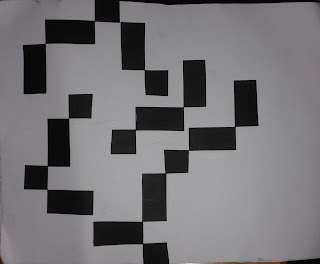Popular posts from this blog
Scale and proportion By scale we understand the size of an object in comparison with other objects. We often compare the size of an object with the size of our body. The first one to have studied scale and proportion in detail was Rasmussen. Earlier in the past there was Pythagora who had studied scale. As a result we always compare one thing to another. Scale has a mathematical meaning too. It means the measure between an object and a measurable quantity . In architecture scale refers to the relationship between the drawing of the building and its real size. We have a few types of scales: - Visual scale (It doesn't refer to the actual size of things , but rather to how small or large something appears in relation to its actual size.) -Hierarchical scale (It refers to the variety of sizes in a art composition to show their importance. Usually bigger means important and smaller means less important. For example we can mention the walls in Egyptian temples ,the pharaohs are alwa...



Comments
Post a Comment